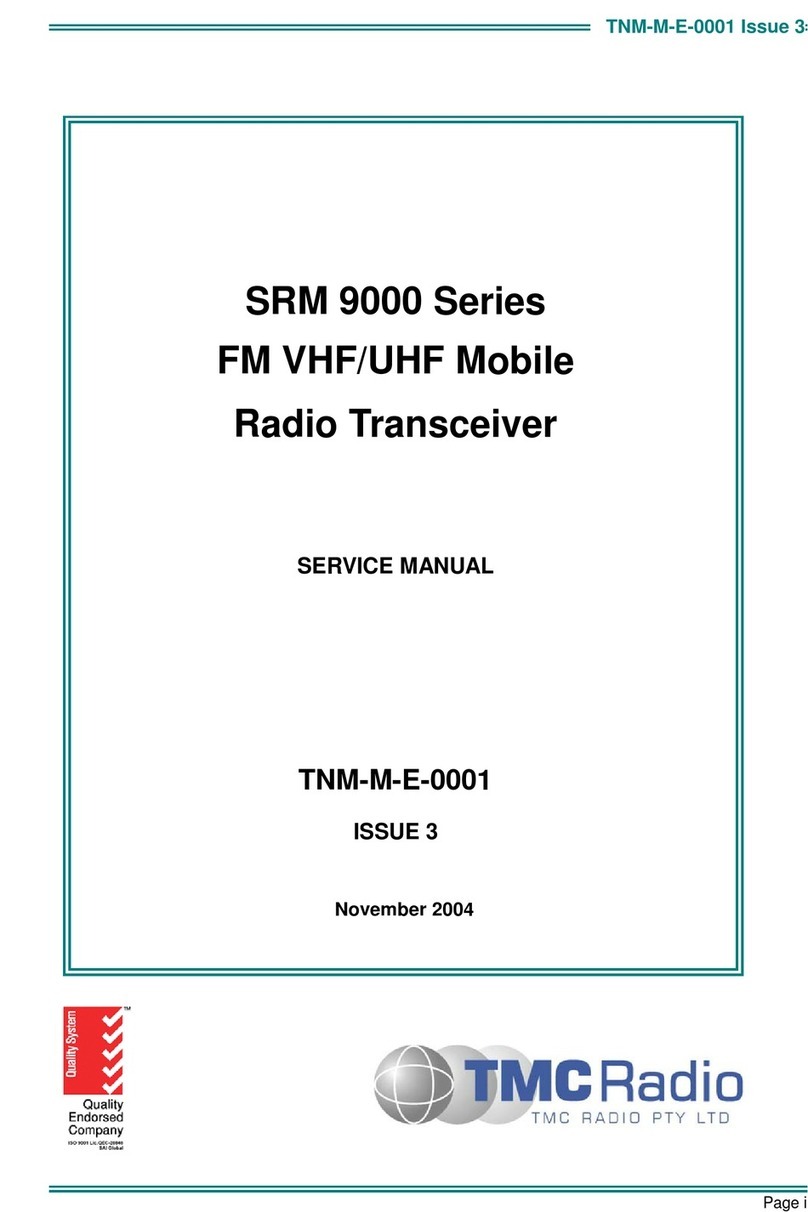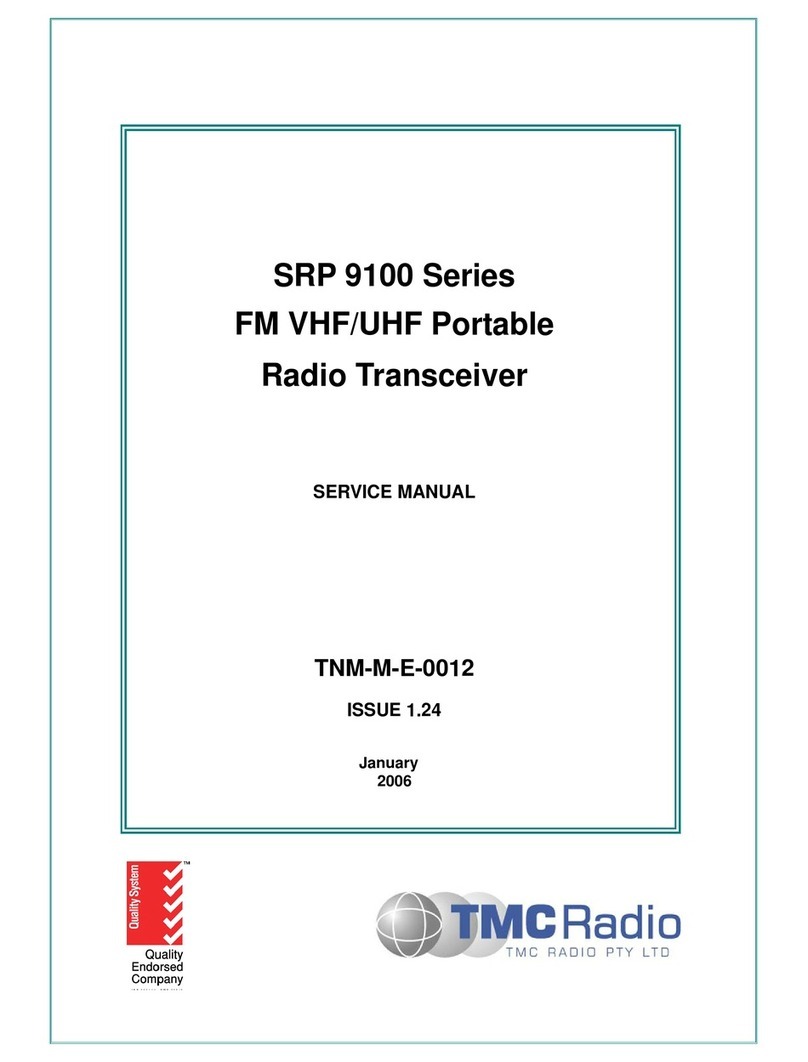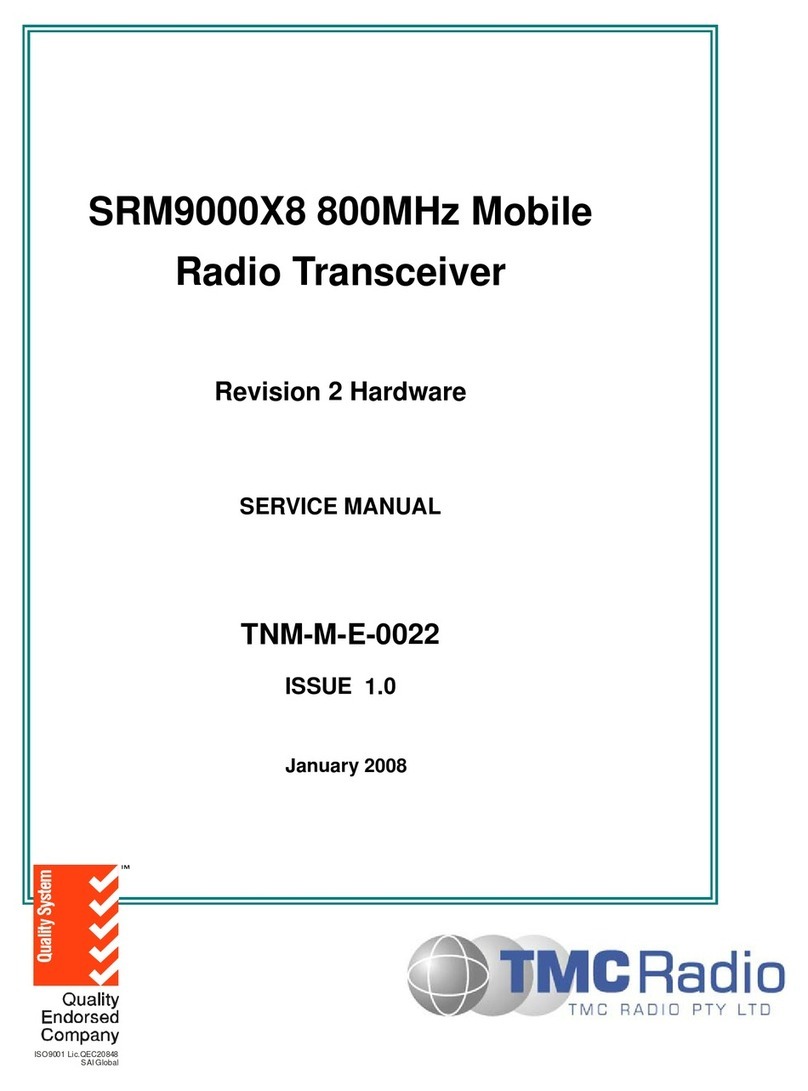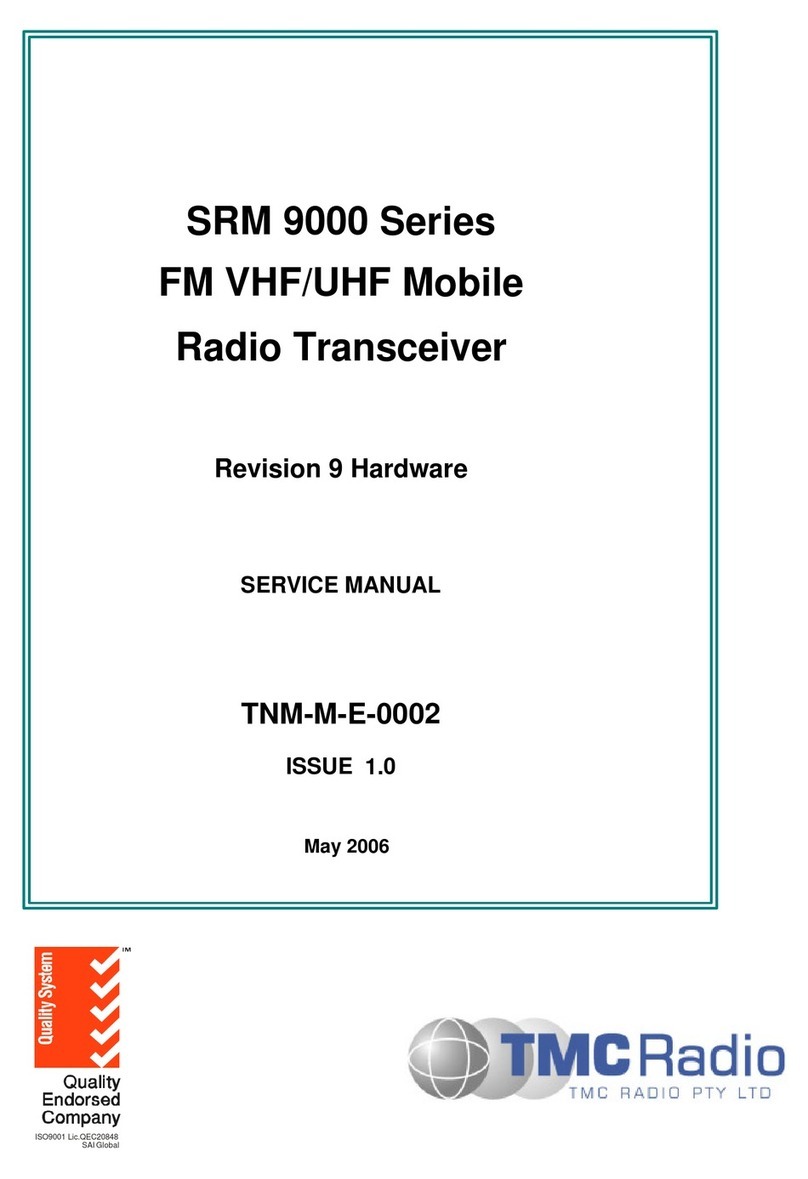
TNM-M-E-0023 SRP9170/80 Service Manual Issue 1.00
Page i
Table of Contents
1.
INTRODUCTION ............................................................................................................................. 1.1
1.1
G
ENERAL
..................................................................................................................................... 1.1
1.2
S
COPE
......................................................................................................................................... 1.1
1.3
D
ESCRIPTION
............................................................................................................................... 1.1
1.4
P
RODUCT
V
ARIANTS
A
ND
F
ACILITIES
............................................................................................. 1.2
1.5
S
OFTWARE
V
ERSIONS AND
N
AMING
C
ONVENTION
.......................................................................... 1.5
1.5.1
Filename Structure............................................................................................................. 1.5
1.5.2
Application Code ................................................................................................................ 1.5
1.5.3
Software Type Code .......................................................................................................... 1.5
1.5.4
Version Number ................................................................................................................. 1.6
1.5.5
Exclusions.......................................................................................................................... 1.6
1.5.6
Displaying Software Versions ............................................................................................ 1.6
1.5.7
Automatic Version Upgrade Prompting.............................................................................. 1.7
1.5.8
Wailing Siren (Boot-up Software Corrupted)...................................................................... 1.8
1.6
A
DJUSTMENT AND
A
LIGNMENT
...................................................................................................... 1.9
1.7
S
PECIFICATION
............................................................................................................................. 1.9
1.7.1
General .............................................................................................................................. 1.9
1.7.2
Transmitter....................................................................................................................... 1.10
1.7.3
Receiver ........................................................................................................................... 1.11
1.7.4
Signalling.......................................................................................................................... 1.12
1.7.5
Environmental .................................................................................................................. 1.16
2.
SERVICE PHILOSOPHY ................................................................................................................ 2.1
2.1
S
ERVICE
C
ONCEPT
....................................................................................................................... 2.1
2.2
W
ARRANTY
.................................................................................................................................. 2.1
2.2.1
Service Within and Out Of Warranty.................................................................................. 2.1
2.2.2
Ancillary Items.................................................................................................................... 2.1
2.3
S
OFTWARE
P
OLICY
....................................................................................................................... 2.1
3.
DISASSEMBLY............................................................................................................................... 3.1
4.
TECHNICAL DESCRIPTION .......................................................................................................... 4.1
4.1
R
ECEIVER
.................................................................................................................................... 4.1
4.1.1
Front-End Filters and RF Amplifier .................................................................................... 4.1
4.1.2
First Mixer and IF Section .................................................................................................. 4.2
4.1.3
IQ Demodulator.................................................................................................................. 4.2
4.1.4
Receiver Audio Processing................................................................................................ 4.2
4.2
T
RANSMITTER
.............................................................................................................................. 4.3
4.2.1
Drivers and PA Stages....................................................................................................... 4.3
4.2.2
Power Control .................................................................................................................... 4.4
4.2.3
Antenna Switch and Harmonic Filter.................................................................................. 4.4
4.2.4
Transmitter Audio Processing............................................................................................ 4.4
4.3
P
HASE
-L
OCKED LOOP
(PLL) F
REQUENCY
S
YNTHESISER
............................................................... 4.5
4.3.1
General .............................................................................................................................. 4.5
4.3.2
Integrated Synthesiser ....................................................................................................... 4.5
4.3.3
VCOs.................................................................................................................................. 4.6
4.3.4
Negative Bias Generator and Loop Filter........................................................................... 4.6
4.3.5
Phase Modulator ................................................................................................................ 4.6































